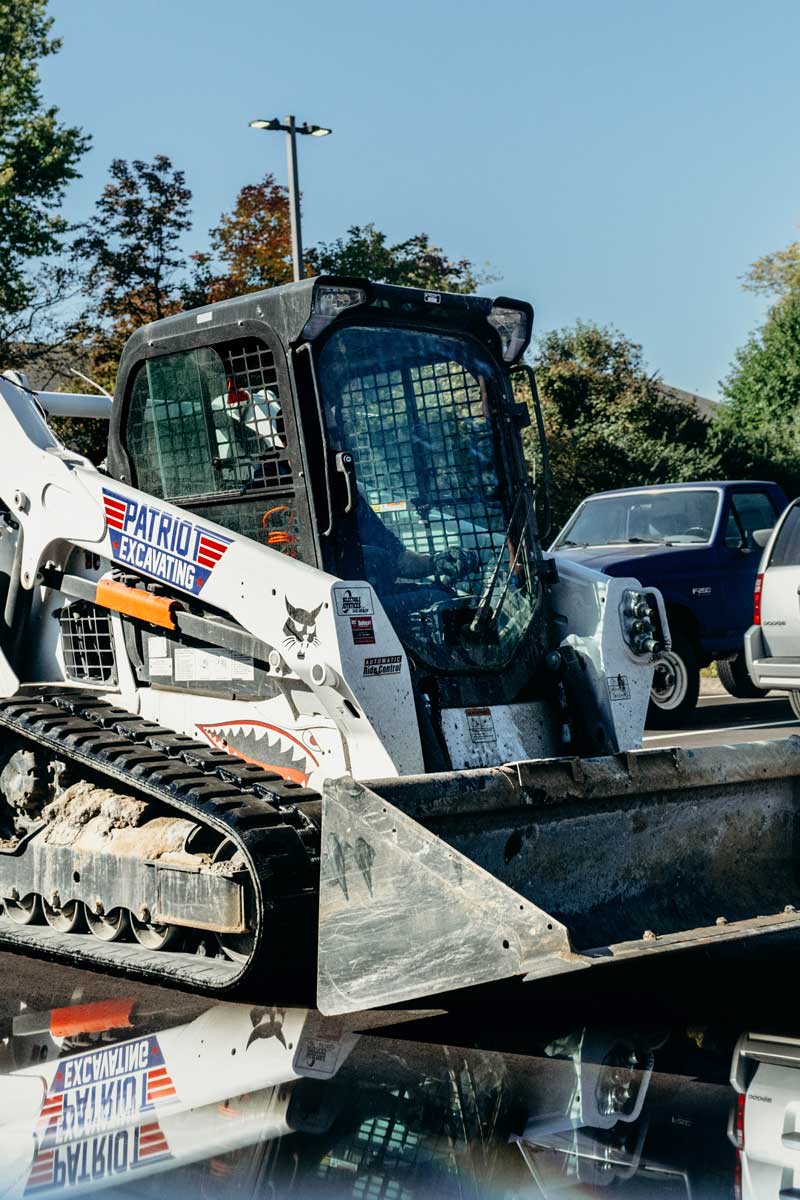Commercial demolition is a critical step in many construction projects, whether you’re clearing space for new developments or removing unsafe structures. However, understanding the costs associated with commercial demolition can be complex. This guide will help you navigate the various factors that influence demolition costs, ensuring that you’re well-prepared for your next project. Equally, you are welcome to find out more about our demolition services and how we can assist you now.
Understanding the Basics of Commercial Demolition
What is Commercial Demolition?
Commercial demolition involves the dismantling, destruction, or removal of commercial buildings and structures. Unlike residential demolition, commercial projects often require specialized equipment, permits, and expertise due to the larger scale and complexity of the structures involved.
Why is Commercial Demolition Necessary?
Commercial demolition is often necessary for several reasons:
- Safety Concerns: Old or damaged buildings may pose safety risks.
- New Developments: Clearing land for new construction projects.
- Environmental Reasons: Removing hazardous materials like asbestos.
Understanding the necessity of demolition helps in planning and budgeting for the project effectively.
Factors Influencing Commercial Demolition Costs
Size and Type of Structure
The size and type of the structure being demolished are primary factors that influence the overall cost.
Building Materials
The materials used in the construction of the building also play a significant role. For instance:
- Concrete Structures: Require heavy machinery and are more expensive to demolish.
- Wooden Structures: Easier and cheaper to demolish but may involve additional costs if hazardous materials like lead paint are present.
Location and Accessibility
The location of the building can significantly impact demolition costs. Urban areas with high traffic and limited space may require additional safety measures and permits, increasing the overall cost.
Accessibility Challenges
If the building is in a hard-to-reach area, such as a densely populated urban center or a remote location, the cost can rise due to the logistical challenges involved. For more on understanding demolition logistics, visit the Construction Industry Federation.
Permits and Regulations
Before any demolition can begin, you’ll need to obtain the necessary permits. The cost of these permits can vary depending on the location and the complexity of the project.
Environmental Regulations
Environmental regulations may require the safe removal and disposal of hazardous materials, which can add to the overall cost. For example, asbestos removal is a specialized service that can significantly increase your budget.
Disposal of Debris
The cost of debris disposal is another critical factor. Depending on the materials and the volume of debris, disposal costs can vary widely.
Recycling Opportunities
Some materials, like metal and concrete, can be recycled, potentially reducing disposal costs. However, recycling may also require additional sorting and transportation, which can add to the cost.
Conclusion
Navigating the costs of commercial demolition can be challenging, but with the right information and a reliable partner like Patriot Excavation, you can ensure a smooth and cost-effective project. From understanding the factors that influence costs to budgeting effectively, this guide has provided you with the essential knowledge needed to make informed decisions.For more detailed information on commercial demolition, visit our blog or explore our services to see how we can assist you with your next project.



